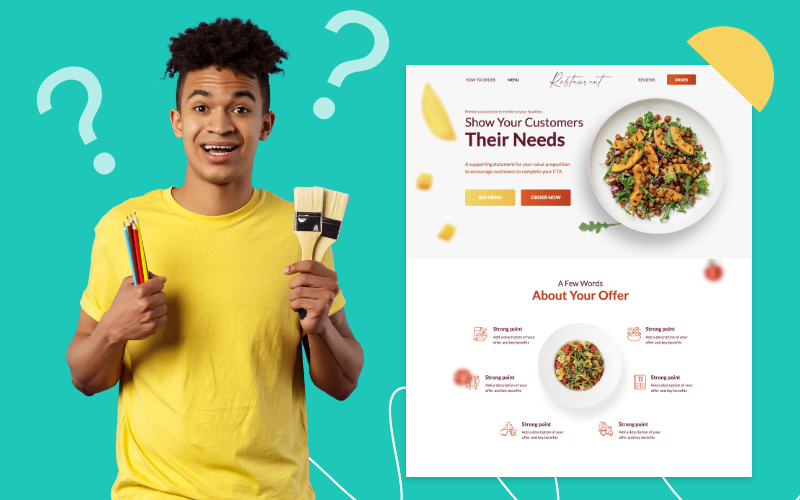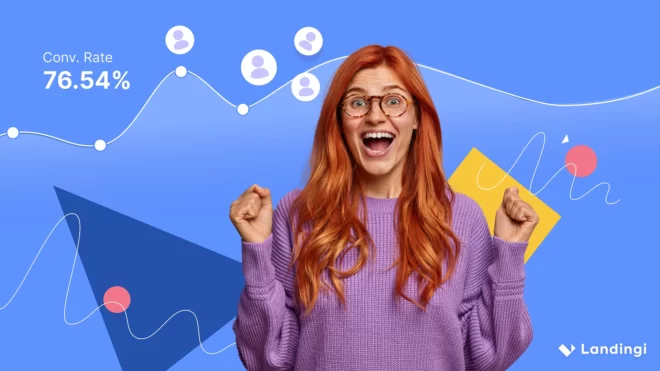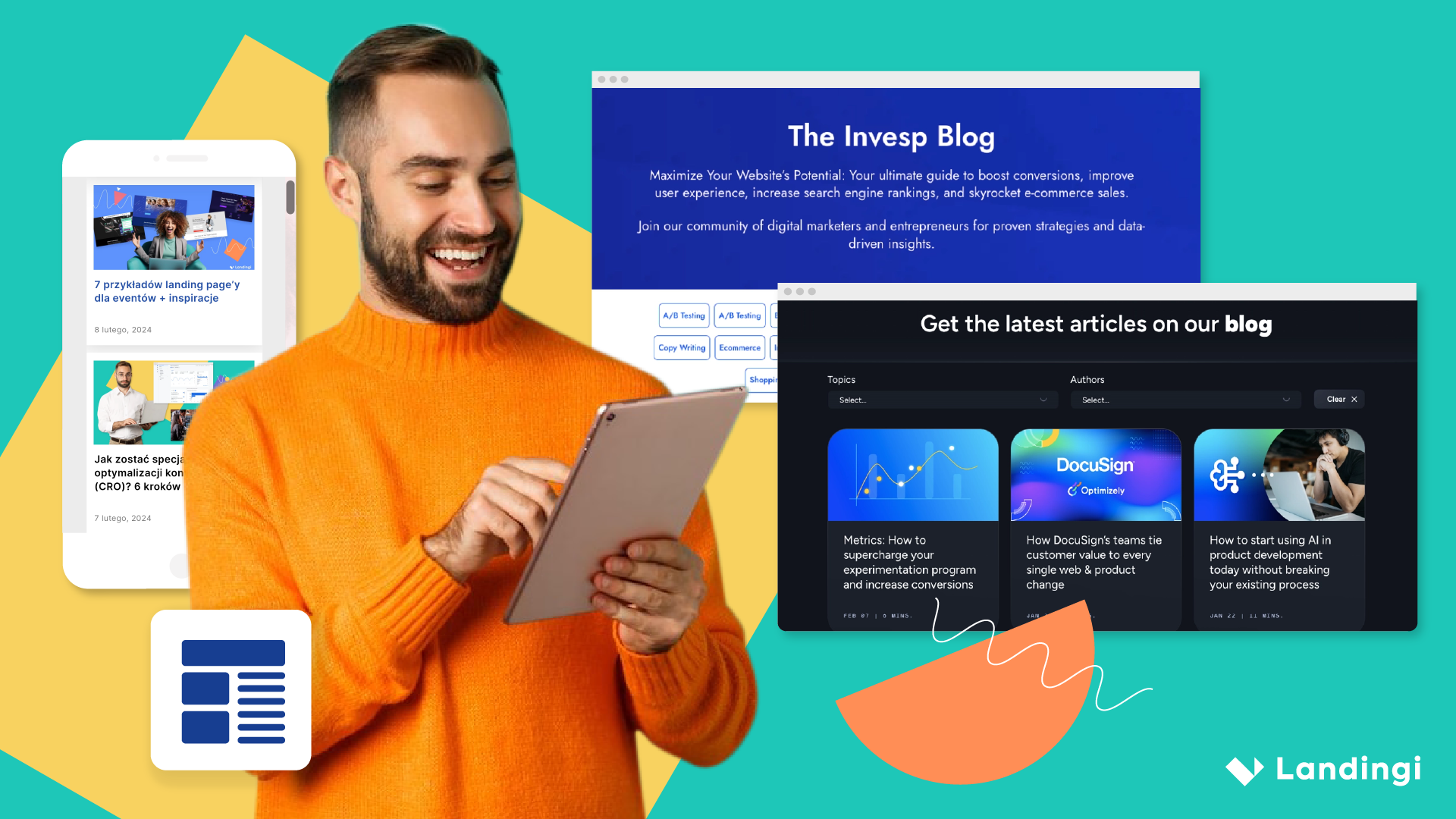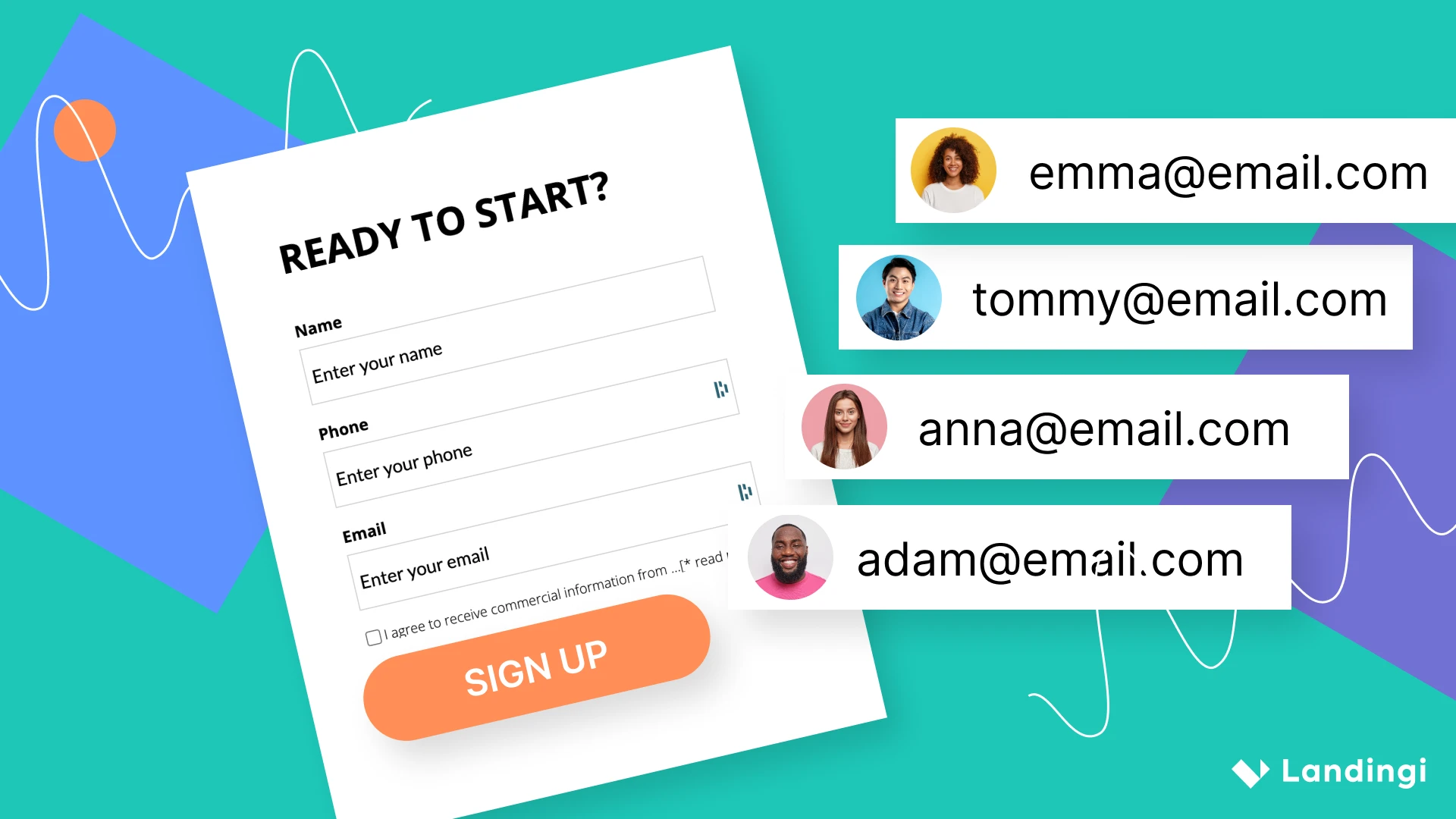“Content is king”. I bet that this common sentence is well known to you, especially if you already have some experience with the creation of websites. Not surprisingly, websites are created for people, not for bots. And although SEO rules are important, they are nothing without good content.
A page with excellent SEO and bad content might show up in search results in a high position, but ultimately it will not stay there for long. Again, a page where the content is fantastic but the SEO is not so much or non–existent will struggle in search results, but… after time, the content will win. The users will find the page, and the content will be shared, linked to, etc.
But what about the landing pages?
Those pages are not long-lived, the traffic and visits come from paid campaigns, and there ain’t much space for large “pieces” of content. What is important? What is not? Does it matter what we write and say? Does SEO matter at all?
Let’s try to understand how to create content for a landing page that works.
Although it would seem that all landing pages are the same or rather have the same purpose, it is not exactly true. When you read about the landing pages quite often, they oversimplify things that the landing page is all about conversion. And yes, that is true. However, how each landing page does the job may be slightly different.
Again, often, you will find the information that EVERYTHING is about the clearly shown CTA – call to action. But if that were true, all you’d need would be a CTA button. As you can imagine, things are a bit more complicated than that.
Make your sections smartable and let go of mundane manual tasks with Smart Sections! An easy way to manage bulk changes.
Landing page goal
Most of the traffic to any landing page comes from paid campaigns. You can run those in many different ways and in many different “places”. Search engines, social media sites, and apps, websites that form an ads network.
You will choose different platforms to place your ads depending on your product or service and your target audience.
That means you need to know your ICP – Ideal Customer Profile. You need to know where to find them, who they are, what their needs and expectations are, and finally, how your offering fits into all that.
Since all that knowledge is reflected in your campaign, it should also be reflected on the landing page. For example, if you try to reach teenagers, it is pretty obvious that LinkedIn will not be your platform of choice. And if you wish to reach a specific audience of parents, there is a good chance that Facebook will be the place to go to.
So, you know your ICP, and you know the potential best place to find it. The next step is to prepare the ads themselves. Those will address the needs or interests of your ICP. All you need to do is to catch their interest at this point. Enough for them to click on the ad and be directed to your landing page.
And this is where the “magic” should happen. The content of the landing page will, in most cases, decide if your campaign is successful or not. Will your customers click “buy” or decide to fill up the form you prepared on your landing page?
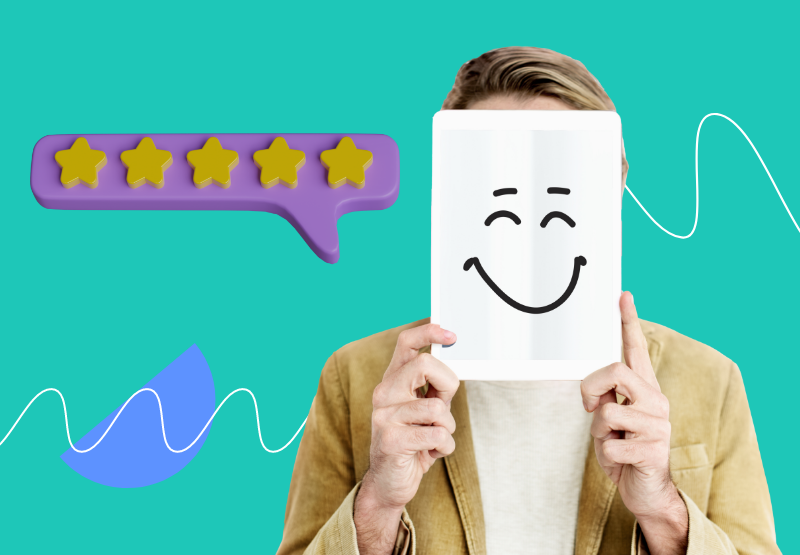
If knowing your audience is the first step, the second one would be to precisely describe the goal of your campaign and the landing page. Are you selling a product or service? Are you educating your customers? Inviting for a webinar or a newsletter?
This goal should be clear for your visitors from the first glance on your website. But not only that. It is equally important to speak to them in “their language”. Simply put, everything they will see, browse through, and “scan” with their eyes on your page should be written in the same or at least a similar way they communicate. As you can imagine, the above-mentioned teenagers will be expecting something slightly different from the professionals you’d be addressing through LinkedIn.
But, having said that, there is one common theme for all groups. The language of benefits.
Regardless of the type of your ICP or the goal of your campaign, two constants are valid for all:
- Clearly understandable action
- benefits they will get from participating in / clicking.
Beyond and Around the Text
You may have noticed that I have used the expression “scan.” In most cases, a good landing page or, rather, good content on the landing page does not require a true reading. Ideally, it should be enough for a visitor to simply browse through the content, the paragraphs just looking at it.
To achieve that, we use headings and subheadings and, on many occasions, bullet points. Headings and subheadings, as well as some other tips for enhancing your page design, can be found in our post – How to enhance landing page design and why?
Pictures and photos are also an awesome way to present the benefits of the offer or potential problems that your service or product will resolve.
Photos do not require reading, and they instantly – if chosen correctly – deliver the message.
You should make the “understanding” of the landing page content and your message as easy as possible.
To give you a few examples.
Replace questions with statements. Questions do require a deeper understanding, they may require thinking – after all, the reader should give an answer to the question, even if it is a thought.

Which is easier to understand? An additional benefit of using statements instead of questions is the fact that it also emphasizes the value of your product/offer. When you ask the question, the outcome of participation. The positive outcome is suggested but not certain. However, when it is stated as a fact, there is no doubt that the visitor will benefit from the offer.
Another risk posed by the questions is asking about the obvious. This is a waste of your visitor’s time and may make your offer trivial. All the “Are you interested….?”, “Would you like…?” “Do you wish…?” etc. are pointless questions. They would not have landed on your landing page if they would not be interested in…, if they would not like to… or if they would not wish for…
Lastly, the statements, unlike the questions, can also be more informative about your offer.
To summarize this part. State the importance, state the benefit and give the information. Don’t ask the obvious questions or the ones your visitors might not know the answer to (if they have not used your product).
Above I have also mentioned the simplicity. Of course, depending on the specifics of your offer, that may vary. Simple products and offers will require less text information than the more complicated ones. But there is one general rule. Make your copywriting short and to the point.
Get 111 Landing Page Examples—The Ultimate Guide for FREE
You may have noticed that in the question/statement example. The questions are usually longer. They require more letters and more words to convey the message. Considering that a visitor will stay on your landing page for a rather short period of time, you do want to make things short and effortless for them.
Don’t go crazy with benefits in terms of the amount of information. This advice is valid both for the pages that are “selling” as well as those that are “collecting”. Even more for the latter.
I have noticed on many occasions that creators of the landing pages are – in a way – trying too hard. If the landing page is not the last step in your customer journey – that will be the case when you are collecting leads – don’t try to give them all the information you think they might need. If you do, in most cases, your page will be a massive one with too much stuff and too much content. As a result, you will lose the interest of your visitors, or they will get overwhelmed with the information.
If you are collecting leads, treat the landing page as your foot in the door. Remember that the page is created only with one purpose in mind – to get the data, the lead.
Once you have that, you can start the actual selling process or your work with your client.
Give them the essentials. Make them want more. In most cases, you already know your clients. Answer the most common, the most basic questions they ask on the page. Once they have the basics, they can fill up the form and get in touch with you to learn more details.
Similarly, when your page is selling the product or service. It does not matter how hard you will try, not all of your clients will click buy. But if you go too far, you may off-put those who will get bored halfway through reading. Of course, the exact amount of information will vary. Depending on the product itself and the expectations your customers have.
Now, this is where things with the content get a bit tricky.
What about SEO and Ads?
On the one hand side, you wish to make everything simple, clear, and short. You focus and target your communication on your client. You speak to your customer. But… there is also an SEO reality (check this out for some additional SEO tips). Even if you are not convinced that SEO is that important since you do not rely on organic traffic, bear in mind that the SEO goes in pair with making your page ADA-compliant. For example, headings on your page marked as H1, H2, and so on will help devices to deliver content to vision-impaired users. In short, making your page ADA compliant is good for your users and SEO and making your site SEO optimized helps with making a page ADA compliant.
Although SEO is not as essential for landing pages as it is for standard pages – those that rely on organic search – it does play a role in the campaign’s effectiveness and cost.
The SEO, or rather to say the right SEO, will increase and have a positive impact on the page Quality Score.
That means that your landing page content, besides being created with the ICP in mind, should also reflect SEO optimization (learn how to be SEO-friendly here).
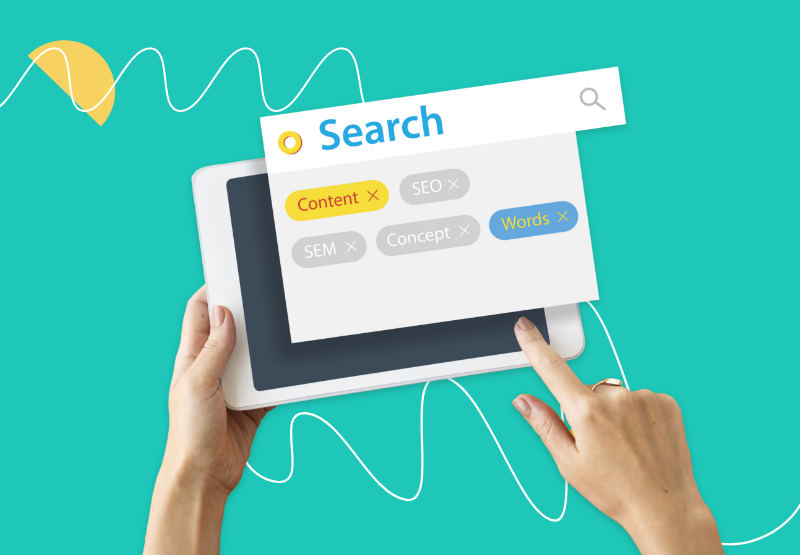
The Quality Score has a direct impact on the cost of your ads. Here, we need to make a slight detour to explain a bit about how (mostly) the online ads work.
You wish to pay for traffic (ads) so that a specific group of customers will see your ads and, through them, your offer.
It does not really matter if we are talking about ads you see in the search results or elsewhere. The number of slots for ads is limited. Just like with a billboard you can see on the road. One billboard = one ad.
However, on the internet, thousands upon thousands of companies are competing with each other to get their ads displayed. Most likely, your closest competitor is trying to display their ads.
This is why the likes of Google sell slots for ads through auctions.
You have your keywords, your target audience, budget, and you set how much you are willing to pay per click. But since more companies are competing for the limited number of ad slots, the details start to be important.
Of course, the higher your stake, the bigger the chance you will win the auction, and your ad will be visible.
However, if competitors use the same stake, other factors will matter. What is more, in a way similar to the organic search, the site relevance will matter too.
What it means is that you need to make sure your content is also SEO friendly. You have the relevant keywords and the relevant number of them, and your page has a proper description.
As the relevance of the ads is as important as, for example, the outcome of organic search, you can actually win the auctions with a lower stake than your competition. If they did a worse job than you.
Summary
To summarize, the content that works on a landing page needs to be:
- directed at your ICP
- beneficial for the customer
- written with real-life people in mind
- short and easy to understand
- relevant – it should be an extension of the ad content
- not overloaded with information
- SEO friendly

